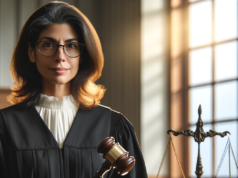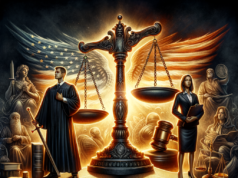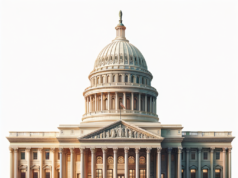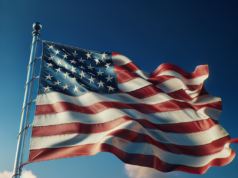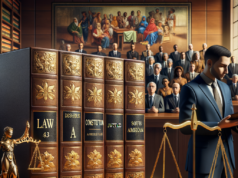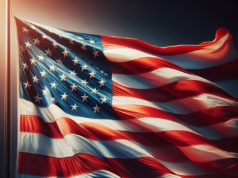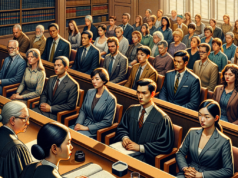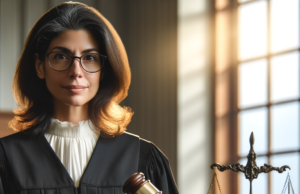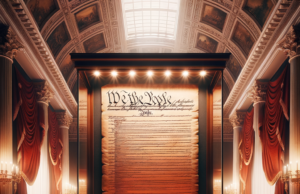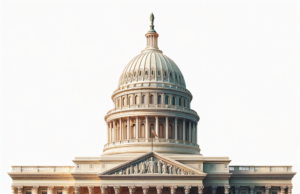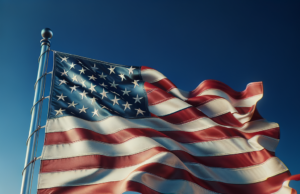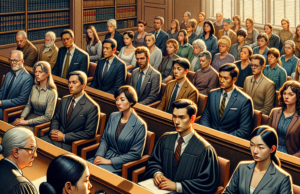Contents
- 1 Understanding the Supreme Court’s Role in Gun Rights and Regulations in America
- 2 Key Landmark Rulings: A Historical Overview of SCOTUS Decisions on Gun Control
- 3 The Impact of District of Columbia v. Heller on Second Amendment Interpretations
- 4 Analyzing McDonald v. City of Chicago: Incorporation of the Second Amendment
- 5 Recent SCOTUS Cases: Trends and Implications for Future Gun Legislation
- 6 The Future of Gun Rights in America: Predictions Following Recent Supreme Court Rulings
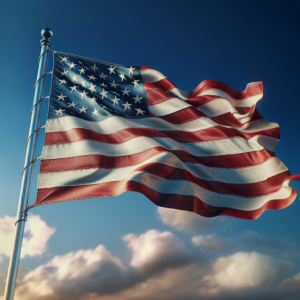 The Supreme Court of the United States (SCOTUS) has long been a pivotal institution in shaping the legal landscape of gun rights and regulations in America. As the nation grapples with ongoing debates surrounding gun control, recent rulings from the Court have sparked renewed discussions about the Second Amendment and its implications for future legislation. This article explores the Supreme Court’s role in gun rights, key landmark rulings, and the potential future of gun legislation in the United States.
The Supreme Court of the United States (SCOTUS) has long been a pivotal institution in shaping the legal landscape of gun rights and regulations in America. As the nation grapples with ongoing debates surrounding gun control, recent rulings from the Court have sparked renewed discussions about the Second Amendment and its implications for future legislation. This article explores the Supreme Court’s role in gun rights, key landmark rulings, and the potential future of gun legislation in the United States.
Understanding the Supreme Court’s Role in Gun Rights and Regulations in America
The Supreme Court serves as the ultimate arbiter of constitutional interpretation in the United States, and its decisions significantly influence the balance between individual rights and government regulations. In the context of gun rights, the Court’s rulings have historically shaped the legal framework surrounding the Second Amendment, which guarantees the right to “keep and bear arms.” As societal views on gun ownership and regulation evolve, the Supreme Court’s interpretations of this amendment have become increasingly critical in determining the extent of permissible gun control measures. The Court’s role is not only to interpret the Constitution but also to reflect the changing dynamics of public sentiment and state interests in regulating firearms.
Key Landmark Rulings: A Historical Overview of SCOTUS Decisions on Gun Control
The Supreme Court’s engagement with gun rights has produced several landmark rulings that have defined the contours of the Second Amendment. Notable cases include United States v. Miller (1939), which upheld the National Firearms Act and established that the Second Amendment does not guarantee an unrestricted right to own any type of firearm. However, it was not until District of Columbia v. Heller (2008) that the Court explicitly recognized an individual’s right to possess a firearm for self-defense within the home. This ruling marked a significant shift in the Court’s approach to gun rights, setting the stage for subsequent cases that would further clarify the scope of the Second Amendment and its application to state and local laws.
The Impact of District of Columbia v. Heller on Second Amendment Interpretations
District of Columbia v. Heller is widely regarded as a watershed moment in Second Amendment jurisprudence. In a 5-4 decision, the Court held that the Second Amendment protects an individual’s right to possess a firearm unconnected with service in a militia and to use that arm for traditionally lawful purposes, such as self-defense within the home. This ruling invalidated Washington, D.C.’s handgun ban and set a precedent that has been cited in numerous subsequent cases. Heller’s emphasis on individual rights over collective rights has fundamentally altered the legal landscape, prompting lower courts to reevaluate existing gun control laws and leading to an increase in challenges to various regulations across the country.
Analyzing McDonald v. City of Chicago: Incorporation of the Second Amendment
Following the Heller decision, McDonald v. City of Chicago (2010) further expanded the Second Amendment’s reach by incorporating it against the states through the Fourteenth Amendment’s Due Process Clause. In a 5-4 ruling, the Court determined that the right to keep and bear arms is fundamental to the American scheme of ordered liberty and, therefore, applicable to state and local governments. This landmark decision effectively nullified Chicago’s strict gun control laws, reinforcing the notion that individuals possess a constitutional right to bear arms regardless of state regulations. The McDonald ruling not only solidified the individual right to gun ownership but also established a legal precedent for challenging state-level gun control measures.
Recent SCOTUS Cases: Trends and Implications for Future Gun Legislation
In recent years, the Supreme Court has continued to hear cases that reflect the ongoing tensions surrounding gun rights and regulations. Cases such as New York State Rifle & Pistol Association v. Bruen (2022) have addressed issues related to concealed carry permits and the requirements imposed by states. The Court’s decision in Bruen, which struck down New York’s strict licensing requirements, signals a trend toward greater scrutiny of state-level gun control measures. As the Court appears to favor individual rights in its recent rulings, the implications for future gun legislation are profound, potentially leading to a reevaluation of existing laws and a more permissive environment for gun ownership across the nation.
The Future of Gun Rights in America: Predictions Following Recent Supreme Court Rulings
As the Supreme Court continues to shape the discourse on gun rights, the future of gun legislation in America remains uncertain. The Court’s recent rulings suggest a trajectory that favors individual rights and may embolden gun rights advocates to challenge restrictive laws at both state and federal levels. However, the ongoing prevalence of gun violence and public demand for effective regulation may prompt lawmakers to seek creative solutions that balance individual rights with public safety concerns. The evolving legal landscape, combined with shifting societal attitudes towards firearms, indicates that the debate over gun rights and regulations will remain a contentious and pivotal issue in American politics for years to come.
The Supreme Court’s rulings on gun rights have undeniably reshaped the legal framework governing firearms in the United States. As landmark decisions continue to emerge, the implications for future legislation and societal attitudes towards gun ownership will be significant. The ongoing dialogue surrounding the Second Amendment reflects broader questions about individual liberties, public safety, and the role of government in regulating personal rights, ensuring that the issue of gun rights will remain at the forefront of American legal and political discourse.

